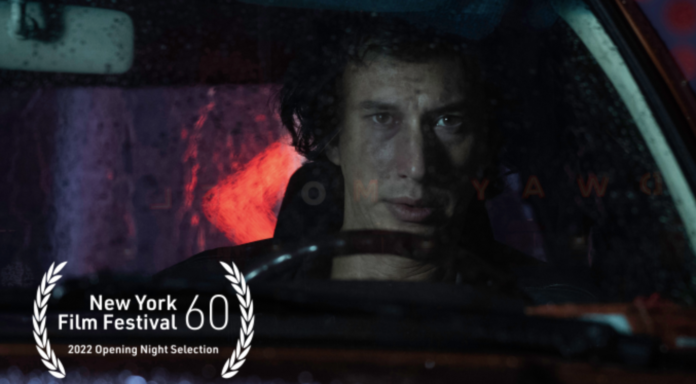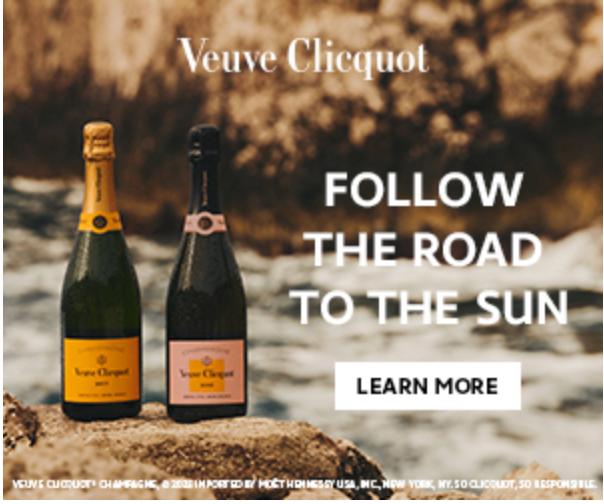Adam Driver, Filmmaker Noah Baumbach “White Noise” will open the 60th New York Film Festival.
After its world premiere at the Venice Film Festival Film, Noah Baumbach’s feature take of Don DeLillo’s 1985 novel White Noise opens the 60th New York Film Festival, making its North American premiere at Alice Tully Hall on September 30.
In the Netflix movie, Adam Driver plays Jack Gladney, a professor and father-of-four whose comfortable suburban college town life and marriage to the private Babette (Greta Gerwig) are upended after a horrifying accident creates a toxic event.
DeLillo’s novel is known for being a pop-philosophical nightmare on unbounded consumerism, ecological catastrophe, and the American obsession with death.
“In 1985 my father and I drove from Brooklyn to see Kurosawa’s Ran open the 23rd NYFF, the same year that he brought home the hardback of Don DeLillo’s White Noise,” said Baumbach.
“Opening the 60th NYFF with White Noise is truly special for me.
This festival was part of my film education and has been a home for me and many of my movies over the years.
I couldn’t be more excited and honored to return.”
“Opening the 60th edition of the New York Film Festival with Noah Baumbach’s ambitious, funny, and resonant White Noise underscores this Festival’s history of introducing new filmmakers to New York audiences.
A regular attendee of the Festival as a kid, Noah Baumbach saw his indie filmmaking career take off after debuting Kicking and Screaming at NYFF in 1995,” said Eugene Hernandez, Executive Director of the New York Film Festival.
“White Noise will usher in a 60th NYFF selection of films by established directors and vibrant new voices;
we’re looking forward to sharing the communal experience of cinema with audiences at Lincoln Center and in other parts of the city this fall! Stay tuned!”
Baumbach’s previous NYFF Main Slate selections include Kicking and Screaming (NYFF33), The Squid and the Whale (NYFF43), Margot at the Wedding (NYFF45), Frances Ha (NYFF50), The Meyerowitz Stories (New and Selected) (NYFF55), and Marriage Story (NYFF57 Centerpiece). Baumbach’s While We’re Young was a secret screening at NYFF52.
Baumbach co-directed the documentary De Palma with Jake Paltrow, which was a special event at NYFF53.
The NYFF Main Slate selection committee, chaired by Lim, also includes Hernandez, Florence Almozini, K. Austin Collins, and Rachel Rosen.
Presented by Film at Lincoln Center, the New York Film Festival will run from Sept. 30-Oct. 16.
Previous New York Film Festival Opening Night Films:
2021 The Tragedy of Macbeth (Joel Coen, US)
2020 Lovers Rock (Steve McQueen, UK)
2019 The Irishman (Martin Scorsese, US)
2018 The Favourite (Yorgos Lanthimos, Ireland/UK/US)
2017 Last Flag Flying (Richard Linklater, US)
2016 13TH (Ava DuVernay, US)
2015 The Walk (Robert Zemeckis, US)
2014 Gone Girl (David Fincher, US)
2013 Captain Phillips (Paul Greengrass, US)
2012 Life of Pi (Ang Lee, US)
2011 Carnage (Roman Polanski, France/Poland)
2010 The Social Network (David Fincher, US)
2009 Wild Grass (Alain Resnais, France)
2008 The Class (Laurent Cantet, France)
2007 The Darjeeling Limited (Wes Anderson, US)
2006 The Queen (Stephen Frears, UK)
2005 Good Night, and Good Luck (George Clooney, US)
2004 Look at Me (Agnès Jaoui, France)
2003 Mystic River (Clint Eastwood, US)
2002 About Schmidt (Alexander Payne, US)
2001 Va savoir (Jacques Rivette, France)
2000 Dancer in the Dark (Lars von Trier, Denmark)



